Lehigh University
Office or Center Name Here
2020 Fazlur R. Khan
Distinguished Lecture Series
Honoring a legacy in structural engineering and architecture
Distinguished Lecturers |
||||||
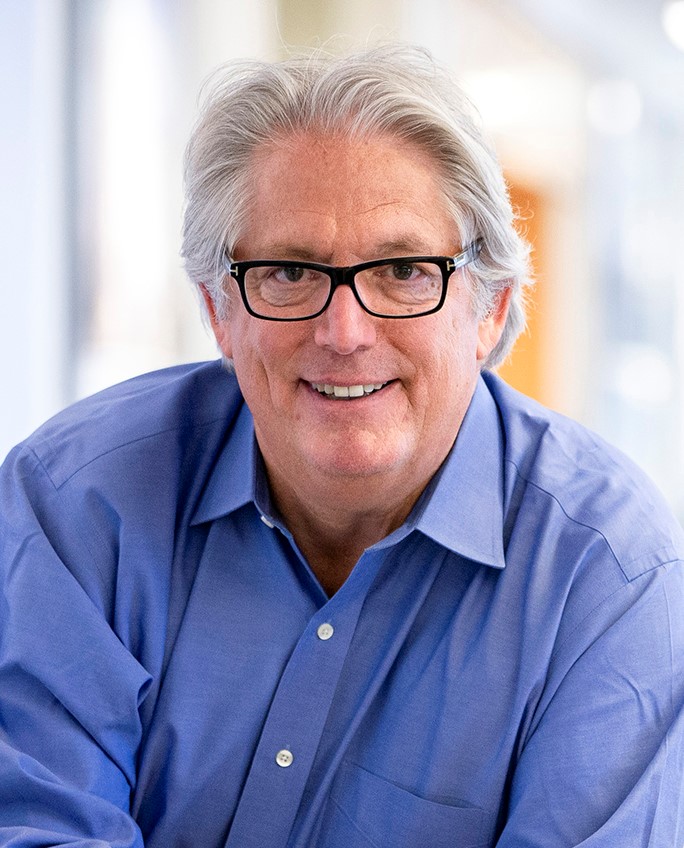 |
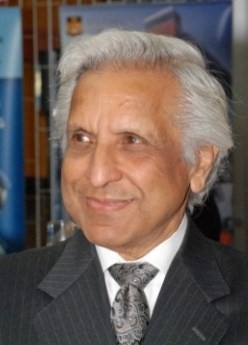 |
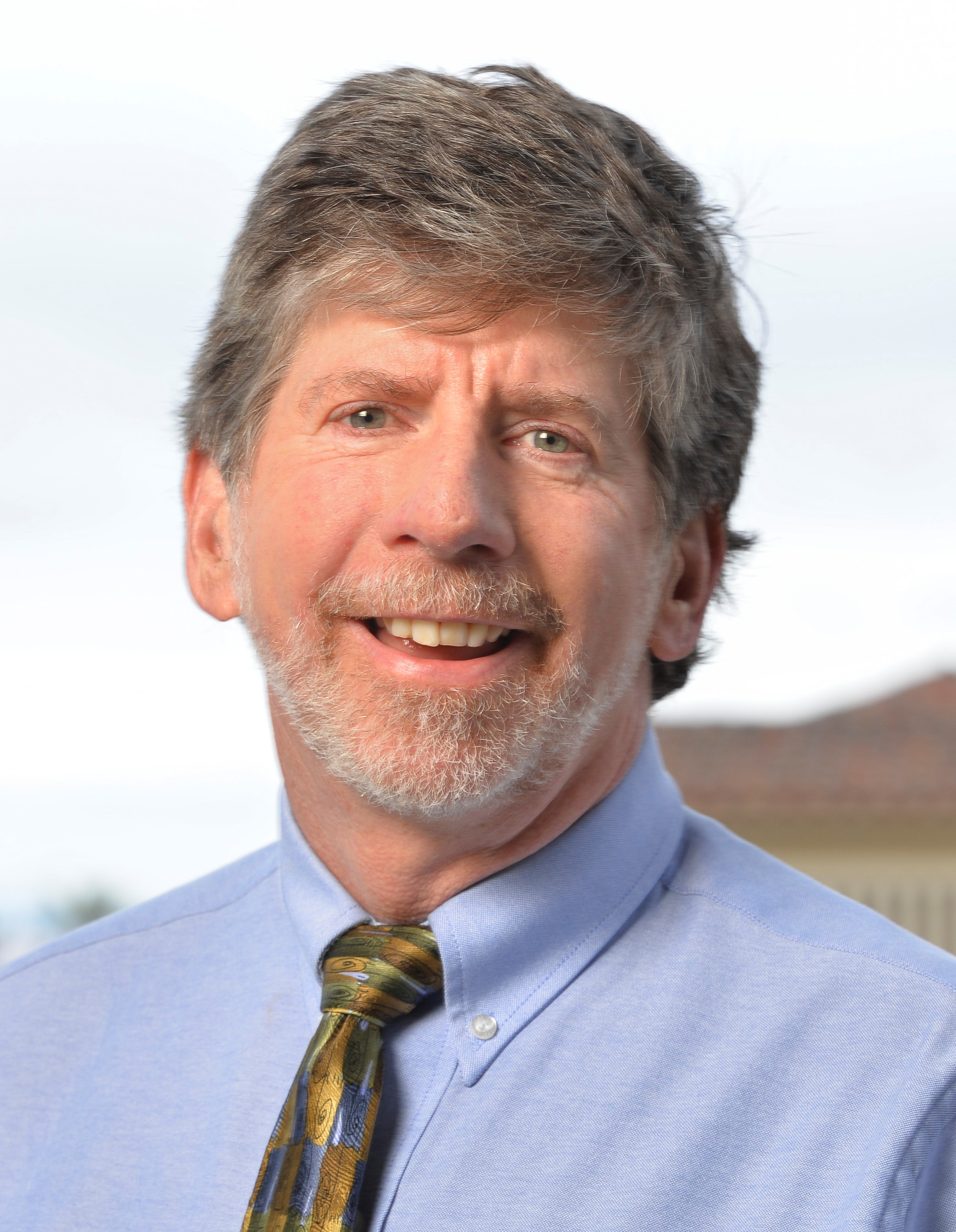 |
||||
| JON PICKARD Principal Pickard Chilton |
AFTAB A. MUFTI |
GREGORY DEIERLEIN John A. Blume Professor in the School of Engineering Stanford University | ||||
Gracing the Sky, Enriching the City |
Intelligent Sensing for Innovative Structures: Development of the New Discipline of Civionics |
|
||||
JON PICKARD
Principal
Pickard Chilton
Gracing the Sky, Enriching the City
click here to view video
Thursday, February 28, 2020– 4:30 pm
Location: Whitaker Lab 303, Lehigh University, 5 East Packer Avenue, Bethlehem, PA
Overview:
“The city is more important than the building and the building is more important than the architect.” - Cesar Pelli
Tall buildings have the ability to define corporations, cities and even nations. As iconic as some towers may be perceived, their true success is in how they positively contribute to their cityscape and, perhaps most importantly, how they improve and enrich the lives of those who live and work every day in the community. As noted by Fazlur Rahman Khan, “Life is art, drama, music, and most importantly, people.” Using examples of tall buildings he has designed worldwide, Jon Pickard will speak to the responsibility architects of skyscrapers have in reimagining ground level experiences to serve as a benefit to both the public and the environment.
MORE DETAILS available on Pickard's presentation. (PDF)
AFTAB A. MUFTI 
Emeritus Professor
University of Manitoba
Intelligent Sensing for Innovative Structures: Development of the New Discipline of Civionics
Thursday, October 22, 2020– 4:30 pm
click here to view videoOverview:
Civil infrastructures are essential for modern and advanced societies. These structures are foundation of a vibrant economy and improve the quality of people’s lives. Therefore, civil engineers strive to design, construct, and maintain structures meeting the highest standards of engineering to enhance safety, durability, and functionality of such infrastructure. However, civil engineers are conservative and have been slow in adopting Structural Health Monitoring (SHM) to inspect and evaluate the infrastructures. The built infrastructures are subject to service and environmental loads. These loads reduce reliability and life cycle performance regardless of their construction quality. Structural damage due to heavy loads, fatigue, temperature, humidity, corrosion, and scour are commonly encountered especially in countries with extreme cold climate like Canada and the USA. The traditional approaches of service life assessment which mostly rely on visual inspection and human judgment are less effective in assessing the health of ageing structures. It is of utmost importance to develop inspection methods to assess the service and end of life of a structure. Through the development of the new discipline of Civionics, which integrates Civil Engineering with Electronics, Canada has monitored corrosion free innovative structures for last thirty years. This lecture presents some of the innovations that have been implemented in various infrastructure projects across Canada under the federal program called the Networks of Centres of Excellence (NCE) for Intelligent Sensing of Innovative Structures (ISIS).
MORE DETAILS availalable on Mufti's presentation. (PDF)
GREGORY DEIERLINE
John A. Blume Professor in the School of Engineering
Stanford University
From Performance-Based Engineering to Urban Resilience
click here to view video
Thursday, November 19– 4:30 pm
Virtual Event
Overview:
Performance-based earthquake engineering has matured over the past twenty years from a conceptual framework into a formal methodology that can enable quantitative assessment of the seismic risks to buildings and infrastructure. Enabled by advanced computational technologies, performance-based methods provide for more transparent design and decision making that takes advantage of the latest research in characterizing earthquake ground motion hazards, simulating structural behavior, and assessing earthquake damage and its consequences. Performance-based approaches are facilitating the design of innovative structures and influencing building code requirements and public policies for earthquake safety. Continued developments to extend performance-based engineering to city-scale simulations provide emerging opportunities to engage urban planners, public officials, and other stakeholders in developing strategies to avoid and mitigate risks and improve resilience to earthquakes and other natural hazards. Examples include new technologies to enable high-resolution earthquake scenario studies and earthquake policy initiatives in San Francisco and Los Angeles.
MORE DETAILS available on Deierlein's presentation. (PDF)
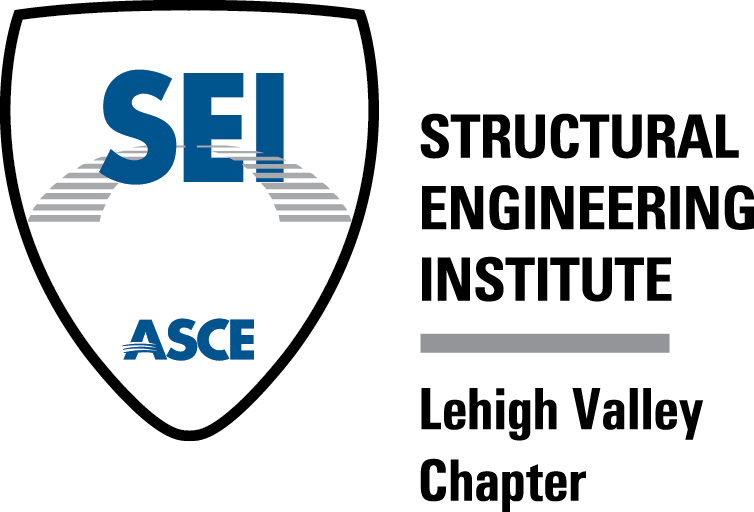 |
|
2020 Fazlur R. Khan Distinguished Lecture Series Poster (PDF)
The Fazlur R. Khan Distinguished Lecture Series has been initiated and organized by Dan M. Frangopol, the first holder of Lehigh's Fazlur Rahman Khan Endowed Chair of Structural Engineering and Architecture.
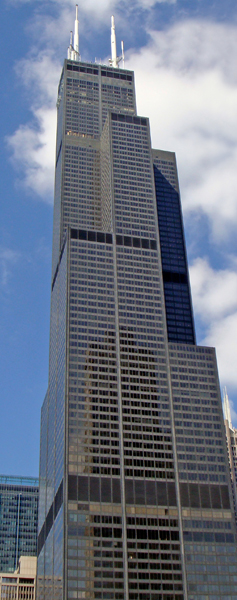
Willis (formerly Sears) Tower
The Fazlur R. Khan Distinguished Lecture Series honors Dr. Khan’s legacy of excellence in structural engineering and architecture.